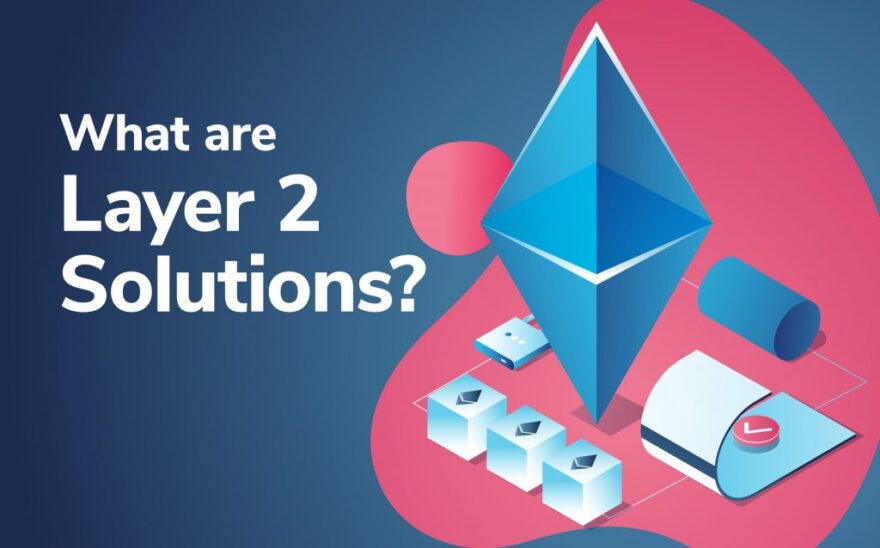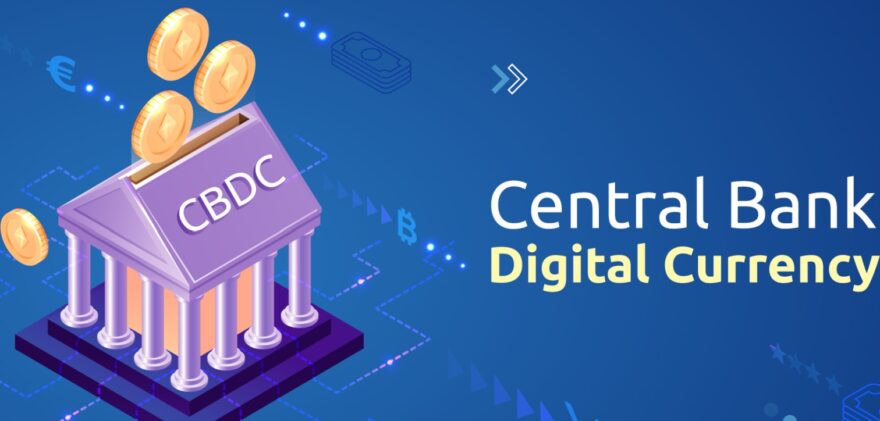Cryptocurrency has become a buzzword that everyone loves to throw around at dinner parties and in casual conversations. But let’s be honest: while many claim to understand the intricacies of the crypto landscape, the reality is a bit different.
As we leap into 2024, let’s unravel some of the hottest crypto trends that everyone pretends to have a handle on. Grab your digital wallets, and let’s embark on this fun yet informative journey.
NFTs Continue to Dominate

Stefan Matthews confirms that non-fungible tokens (NFTs) have taken the digital art world by storm, and their influence is only growing. In 2024, NFTs are not just about art anymore. They’re expanding into music, virtual real estate, and even academic credentials.
Artists and creators are finding new ways to monetize their work, while collectors flaunt their digital assets like rare baseball cards. The buzz around NFTs has led to both excitement and skepticism, making it a hot topic that everyone claims to understand, but few truly grasp the full potential and technicalities.
The Rise of DAOs
Decentralized Autonomous Organizations (DAOs) are revolutionizing how we think about corporate governance and community-led initiatives. In essence, a DAO is an organization governed by smart contracts on a blockchain, where decisions are made through community votes. The appeal lies in its transparency and democratization, but explaining exactly how a DAO operates can be like trying to decode ancient hieroglyphs for the uninitiated. Despite the complexity, the concept of a self-governing, decentralized organization is fascinating enough to pretend we understand it fully.
Metaverse Mania
The metaverse is a virtual universe where people can interact, work, play, and trade, all within a digital space. Cryptocurrencies play a crucial role in these virtual worlds, acting as the primary currency for transactions. With tech giants pouring billions into developing metaverse platforms, the hype is real. From virtual real estate investments to digital fashion, the metaverse is creating an entirely new economy. While the term “metaverse” is becoming commonplace, the actual mechanics of how it works and its implications are still a mystery to many.
Layer 2 Solutions

Scalability has always been a challenge for blockchain networks like Ethereum. Enter Layer 2 solutions, which aim to enhance the efficiency of these networks without altering the base layer. Think of Layer 2 as a sidekick that handles the heavy lifting, making transactions faster and cheaper.
Technologies like rollups and state channels fall into this category, promising to solve the scalability woes. However, the technical jargon can be overwhelming, leading many to nod along in conversations without a deep understanding of how these solutions actually work.
Cross-Chain Interoperability
As the crypto ecosystem grows, the need for different blockchains to communicate with each other becomes increasingly important. Cross-chain interoperability is the solution, allowing data and assets to move seamlessly across various blockchain networks.
This trend is pivotal for creating a more interconnected and efficient crypto landscape. However, the concept involves complex mechanisms like atomic swaps and bridges, which can be perplexing. It’s one of those topics where people smile and agree, hoping the conversation shifts to something less intricate.
Central Bank Digital Currencies (CBDCs)

Central banks worldwide are exploring digital versions of their fiat currencies, known as Central Bank Digital Currencies (CBDCs). These state-backed digital currencies aim to provide the benefits of cryptocurrencies—like faster transactions and reduced costs—while maintaining government control. The idea of a digital dollar or euro is intriguing and somewhat easier to grasp than decentralized cryptos, but the implications for privacy, regulation, and the financial system are subjects of intense debate. It’s a trend that sounds simple on the surface but dives into deep economic and technological waters.
Crypto Lending and Borrowing
The rise of decentralized finance (DeFi) has brought crypto lending and borrowing into the spotlight. Platforms like Aave and Compound allow users to lend their crypto assets in exchange for interest or borrow against their holdings. This concept of earning yield on digital assets or leveraging them for loans has opened up new financial opportunities. However, the mechanics of how interest rates are determined, collateral is managed, and risks are mitigated can be quite complex. Yet, the promise of passive income through crypto is alluring enough to make many pretend they’re experts.
Privacy Coins and Protocols
As concerns about data privacy grow, so does the interest in privacy-focused cryptocurrencies like Monero and Zcash. These coins offer enhanced anonymity compared to mainstream options like Bitcoin. Additionally, privacy protocols are being developed to ensure secure and private transactions on existing blockchain networks.
The technology behind these privacy solutions involves advanced cryptographic techniques, which can be daunting to understand. Still, the appeal of financial privacy makes this a trend that people eagerly discuss, even if they don’t fully comprehend the details.
Blockchain in Supply Chain Management

Beyond finance, blockchain technology is making significant strides in supply chain management. By providing a transparent and immutable ledger, blockchain can track products from their origin to the consumer, ensuring authenticity and reducing fraud.
This application is particularly relevant in industries like food, pharmaceuticals, and luxury goods. While the benefits of blockchain in supply chain are clear, the implementation details and integration with existing systems can be complicated. It’s a trend that sounds impressive but often leaves people scratching their heads when delving into the specifics.
Green Cryptocurrencies
The environmental impact of cryptocurrency mining has been a hot topic, especially with Bitcoin’s energy consumption under scrutiny. In response, green cryptocurrencies are emerging, aiming to minimize environmental harm.
These eco-friendly cryptos utilize various approaches, such as proof-of-stake (PoS) consensus mechanisms, which require significantly less energy than traditional proof-of-work (PoW) methods. The idea of sustainable crypto resonates with many, but understanding the different consensus algorithms and their ecological impact requires a bit more than a surface-level conversation. It’s easy to support the concept of green crypto without fully grasping the technical nuances.
Final Words
As we navigate through 2024, the world of cryptocurrency continues to evolve at a rapid pace. While these trends are shaping the future of digital finance and technology, they often come wrapped in layers of complexity that many pretend to understand. Whether it’s the allure of NFTs, the governance revolution of DAOs, or the interconnected visions of cross-chain interoperability, each trend carries its own set of intricacies.
The journey through these crypto trends reveals a landscape rich with potential and innovation, yet fraught with challenges and technical details that can be overwhelming. As we embrace the future of cryptocurrency, it’s essential to approach these trends with a healthy dose of curiosity and skepticism, acknowledging that there’s always more to learn beyond the surface-level hype.







